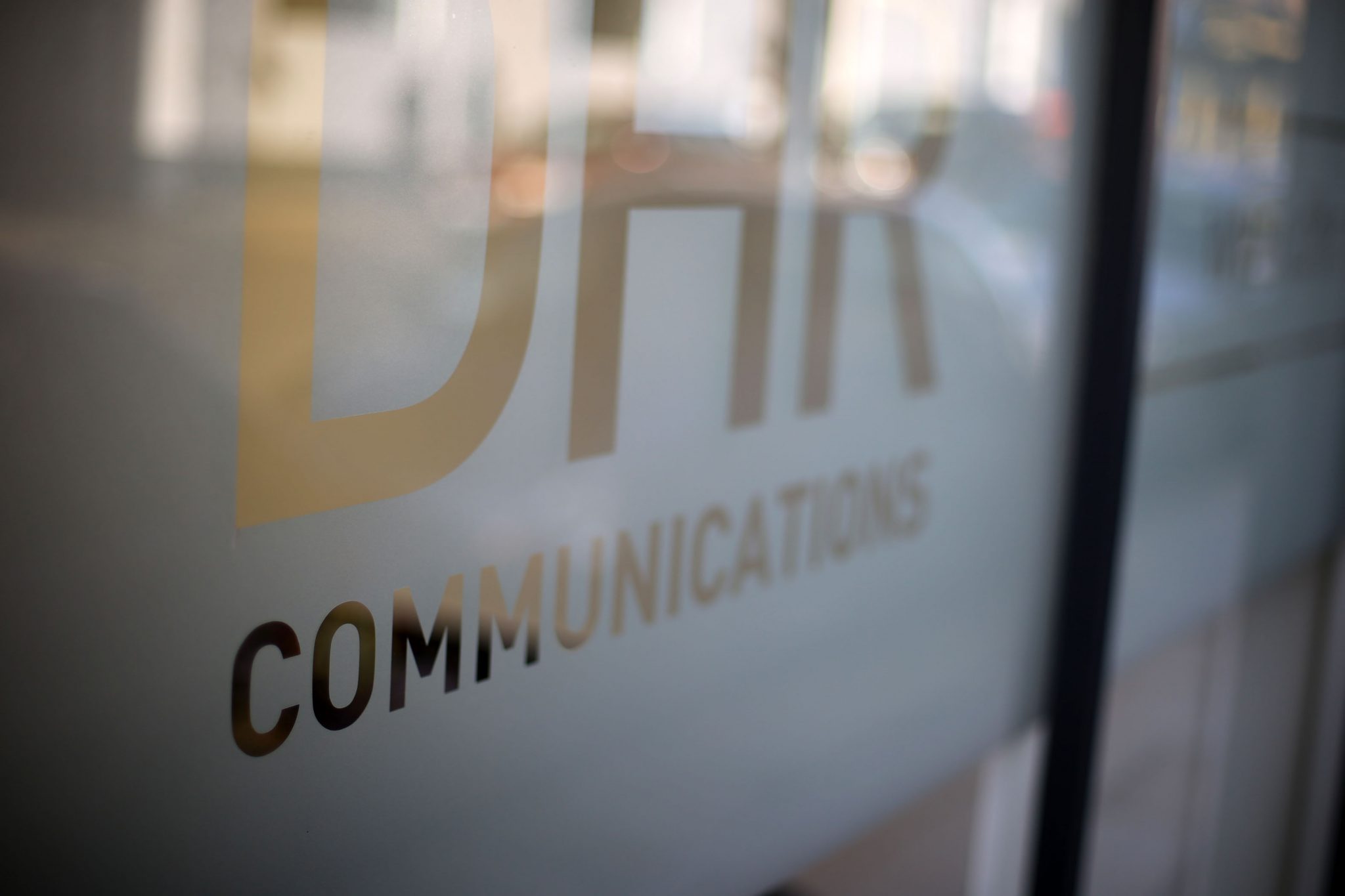
Media consumption in an emergency
While the ongoing COVID-19 public health emergency continues to produce uncertainty across all aspects of Irish life, one constant is a news agenda that is heavily subscribed, and unrelenting in the frequency and evolution of breaking stories, and of pieces which relate directly or indirectly to coronavirus.
As a team of experienced media relations professionals, in our liaison with producers and editors, DHR has witnessed the balance between ‘must-have’ and ‘nice-to-have’ stories tip overwhelmingly in favour of the former, while pitches must work harder than ever to secure airtime, column inches and clicks. A story without even a tangential link to the current crisis seems out of place – perhaps inappropriate – and struggles to land. Suddenly, slots on current affairs and chat shows, and placements in newspapers and magazines, are of much higher value.
Against this backdrop, DHR sought to go beyond the newsroom, and radio and television broadcast studios, and better understand the media consumption behaviours of the general public, and how these may be influenced by the current crisis. To this end, we worked with market research and data specialists, Amárach Research, adding a number of questions to its May omnibus.
A total sample of 1,607 was achieved with quotas set on gender, age, social class and region to achieve a sample aligned with national population. The results of the research arrive some eight and a half weeks since lockdown measures were introduced, and key findings include:
- More than half (58 per cent) of the adult population are tuning into news more often than before.
- One in five have changed the media channels that they look to since the start of the pandemic.
- Almost half (47 per cent) of Irish adults are tuning into TV more often than before.
- More than a quarter (27 per cent) are consuming more online / print newspapers than before.
- Almost a quarter (23 per cent) of Irish adults are tuning into national radio more often than before, while 17 per cent are tuning into local radio more.
- Almost half (45 per cent) are consuming online news websites (such as TheJournal.ie or RTÉ.ie) more than before.
- WhatsApp has experienced the biggest increase (38 per cent) as a source of news among the public, followed by Facebook (21 per cent), Twitter and Instagram (13 per cent), and Snapchat (six per cent).
Given the significance and consequence of COVID-19, it is unsurprising that people are doing more to stay well informed. As individuals stay home under lockdown, it is likely that more are tuning into television, browsing online, or scrolling through news sites on their phone, when previously they may have been at work, commuting, or participating in leisure activities. The reliability and accessibility of daily Government press briefings may also play a part here, as well as the relatively high number of State of the Nation-style addresses from the Taoiseach within a short period.
Prior to the crisis, that traditional media has been under fire from social and digital media is old news, but these findings may offer some buoyancy. Given the high stakes of COVID-19, trust in one’s source of news is crucial and mainstream outlets and platforms offer this. While a more frequent use of WhatsApp may reflect a reliance on friends, family and community or neighbourhood groups for news under lockdown, ‘chain’ style messages, which spread disinformation, and the origins of which are difficult to trace, have also been commonplace, and a headache for public health officials.
Working amidst all of this are journalists and media professionals who are being called upon to set out the facts; give us the analysis; and guide us through this period, but their resources are under strain. Most operations are – like the rest of us – juggling home and work from the one kitchen table. More worryingly, operational budgets in media organisations are plummeting at such a rate that new subscribers to paid-for services won’t even match.
Whether or not the return to more traditional media outlets witnessed since the start of the crisis can be sustained as some semblance of normal life returns to Ireland, or if social and digital media will further encroach on its territory, remains to be seen. What is more certain in the short-term is that the potential reach and audience for a story is much greater than before where, in DHR’s case, this can be secured for a client.
